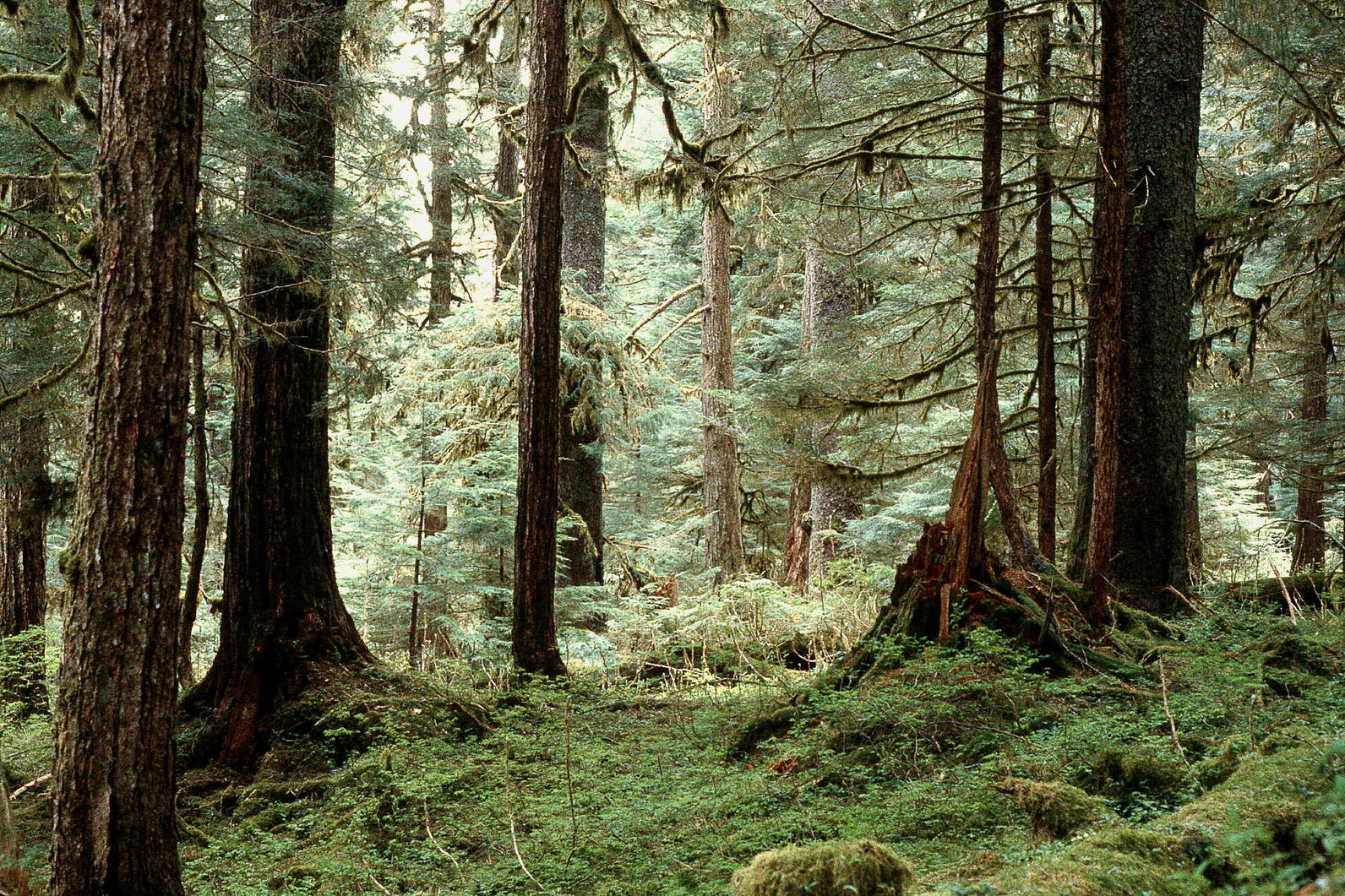
The State of Alaska and the Trump Administration are undertaking a process to modify the Roadless Rule for the Tongass National Forest. Comment now through October 15 to show that Americans and Alaskans want to keep Roadless Rule protections for old-growth forests, wildlife habitat, and large unbroken landscapes in Southeast Alaska.
Roads on National Forest lands benefit the environment in exactly one way—they provide Americans with access to hunt, fish, and recreate in our public lands. By getting ourselves out into National Forests, we can remember why these places are special, and we are more likely to vote for conservation measures and support conservation funding.
But roads in the wrong place, or road networks that break apart the landscape, are harmful to the very public lands that Americans cherish so dearly. Roads fragment wildlife habitat, cause erosion into water bodies, and bring old-growth logging deep into the heart of a forest. We must be able to balance some road access while maintaining wild places for wildlife and seekers of solitude.
Enter the Roadless Rule, a 2001 Forest Service regulation that prohibits roadbuilding and logging in the wildest areas left on our National Forests, with a few exceptions. On the Tongass National Forest in Southeast Alaska, the logging prohibition within the Roadless Rule is particularly important. It supports efforts to transition away from old-growth clearcutting, as roadless areas in the Tongass contain 2.5 million acres of old-growth and 190,000 acres of large-tree old-growth.
Maintaining the Roadless Rule in Alaska is also a smart economic move. Dismantling roadless protections on the Tongass would only delay the transition away from old-growth clearcutting, which requires $20 million in taxpayer subsidies each year. The birds, salmon, deer, and wolves that draw dollars to the region through tourism and fishing require the large-tree old-growth habitat that old-growth clearcutting eliminates. Perpetuating old-growth clearcutting supports an industrial-scale timber industry that essentially mines the region of its ecological wealth by chopping down and exporting the biggest and oldest trees. The time and funding going into modifying the Roadless Rule should instead go to address trail maintenance and recreation permit backlogs in order to support and grow sustainable jobs in the region.
Meanwhile, the Roadless Rule uses a balanced approach and allows for limited exceptions for safety, hydropower, and certain mining claims. The Forest Service has approved 55 projects within roadless areas of the Tongass as of January 2018 including mining, hydropower, an aerial tram, and a geothermal project. There many reasons to uphold the Roadless Rule for the Tongass National Forest and apparently only one reason—perpetuating old-growth logging—to dismantle it.
The US Department of Agriculture, operating through the Forest Service, has now opened a scoping comment period to collect public input on modifying the Roadless Rule for the Tongass National Forest. The State of Alaska is also convening a public advisory committee to inform its position as a cooperating agency in this process. Please take action and submit a comment to the USDA through our comment portal. Comments from Alaskans are particularly encouraged and will be sent to Governor Walker to demonstrate that many Alaskans want to protect the old-growth, wild areas, and sustainable industries of Southeast.



